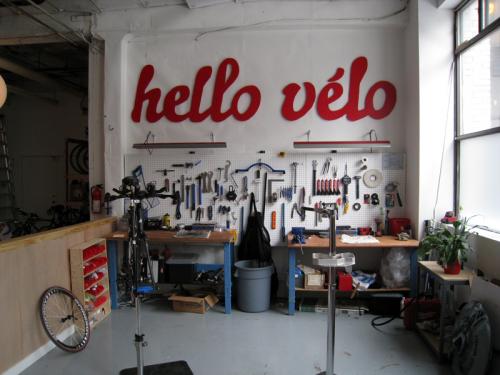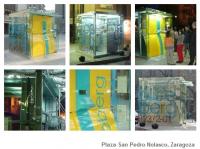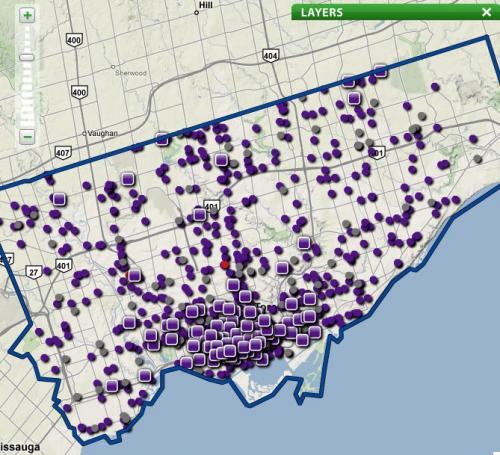This last January Cycle Therapy finally closed its doors, after months of speculation. Cycle Therapy was just one more east Toronto bike shop that couldn't. And now Velotique is also up for sale, though it appears to be for personal reasons not a bad market.
 Why does it seem that so few bike shops can survive in the wilds of East York, Leslieville or Scarborough? Well, it makes sense for Scarborough, few people bike there and if they do they are likely to just get a crappy Canadian Tire bike, but Leslieville? Lots of people bike around there. It's a relatively bike-friendly area, much like Toronto's west end.
Why does it seem that so few bike shops can survive in the wilds of East York, Leslieville or Scarborough? Well, it makes sense for Scarborough, few people bike there and if they do they are likely to just get a crappy Canadian Tire bike, but Leslieville? Lots of people bike around there. It's a relatively bike-friendly area, much like Toronto's west end.
Things might be looking up somewhat. The other day I happened upon the sign "Hello Velo" on Carlaw, south of Dundas. Turns out that Hello Velo is a spacious bike shop tucked away inside the courtyard of a converted factory. The location, as comfortable as it looks, isn't all that retail friendly. There isn't a lot of foot traffic. That may explain Hello Velo pushing their bike mechanic workshops. From their website they seem to be focused on road racing and triathalons, not so much the average commuter.
So it seems that East York, eastern Toronto and Scarborough will continue to be mostly served by only a handful of bike shops, department stores and boutique-type shops.



 Why does it seem that so few bike shops can survive in the wilds of East York, Leslieville or Scarborough? Well, it makes sense for Scarborough, few people bike there and if they do they are likely to just get a crappy Canadian Tire bike, but Leslieville? Lots of people bike around there. It's a relatively bike-friendly area, much like Toronto's west end.
Why does it seem that so few bike shops can survive in the wilds of East York, Leslieville or Scarborough? Well, it makes sense for Scarborough, few people bike there and if they do they are likely to just get a crappy Canadian Tire bike, but Leslieville? Lots of people bike around there. It's a relatively bike-friendly area, much like Toronto's west end.